THIS IS 50
Come Back, Hair!
STRANDS GETTING SPARSE? A common culprit is androgenic alopecia. We asked Carolyn Goh, associate clinical professor in dermatology at UCLA; Brian Abittan, director of skin and hair rejuvenation and director of hair transplantation at Mount Sinai Health System in New York City; and Aanand Geria, dermatologist at Geria Dermatology in Rutherford, New Jersey about available treatments. —Anissa Gabbara
TOPICAL MINOXIDIL

WHAT IT IS: A solution or foam applied to the scalp to stimulate hair follicles.
PROS: Well tolerated. Affordable. Good evidence it can help reverse hair loss. Available over the counter.
CONS: Greasy, sticky and time-consuming to apply. Side effects include irritation, facial hair growth and in rare cases lightheadedness, heart palpitations or headaches.
COST: $15 to $50 for a three-month supply.
LOW-LEVEL LIGHT THERAPY
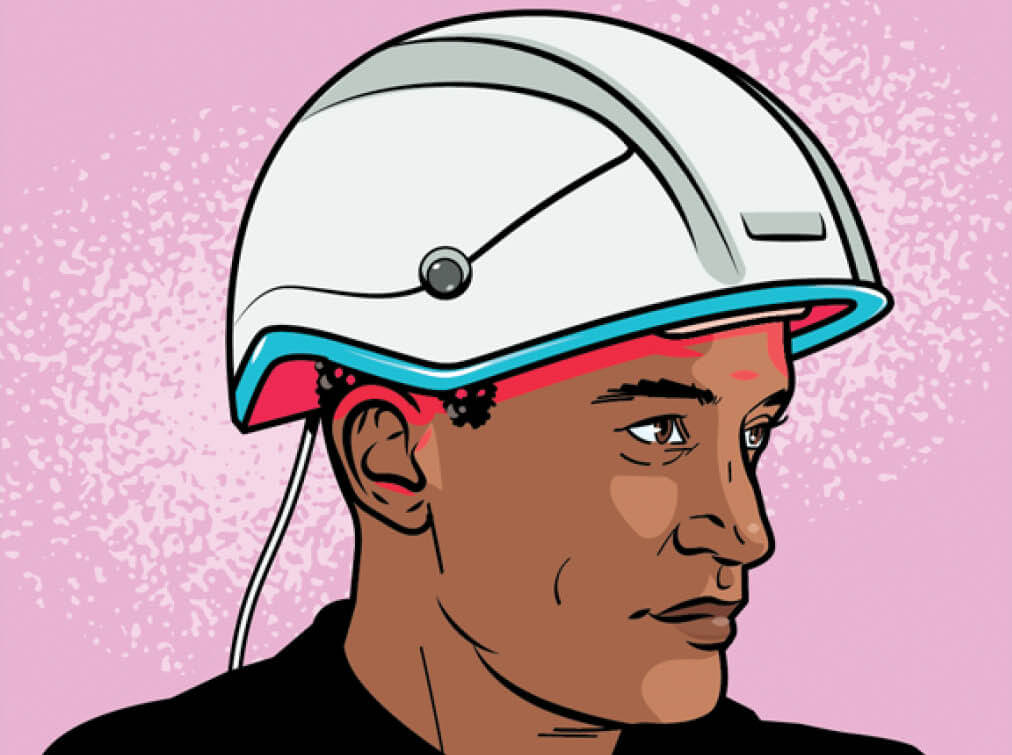
WHAT IT IS: Waves of light beamed onto your scalp regularly to improve circulation, which is thought to promote hair growth.
PROS: Easy-to-use cap that is typically worn for 10 minutes a day. Can be done at home.
CONS: Costly. Must be used indefinitely. Evidence of efficacy is mixed.
COST: For at-home treatment, a one-time cost of $500 to $3,000 for the apparatus.
FINASTERIDE
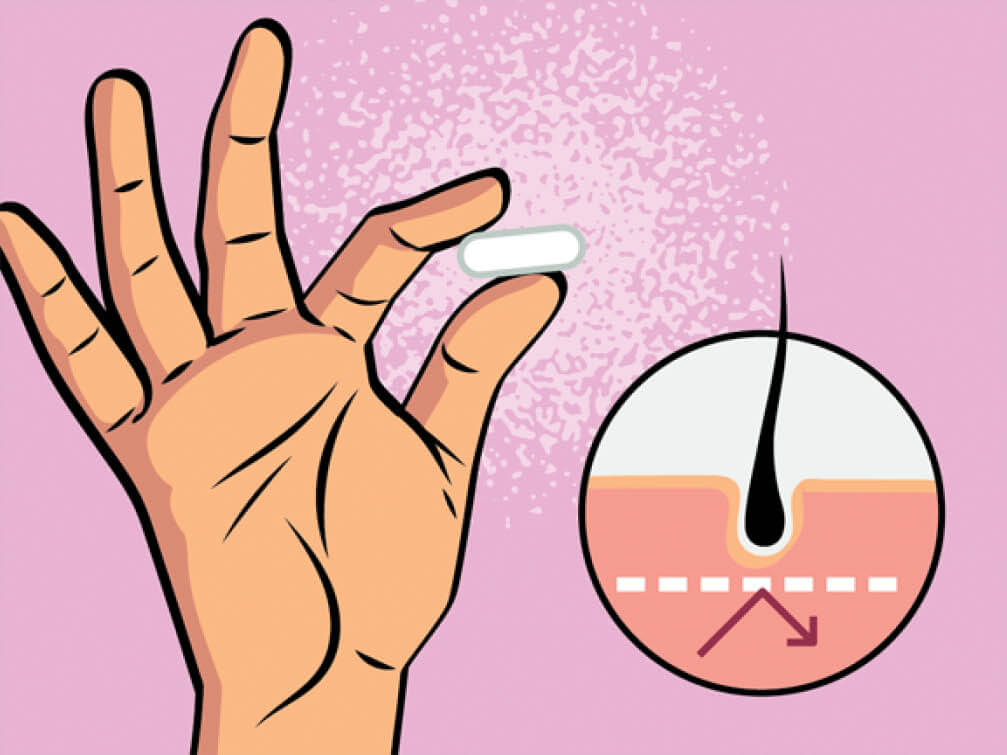
WHAT IT IS: A prescription pill to block the production of dihydrotestosterone—a hormone—and reduce or even reverse hair loss.
PROS: Relatively safe and well tolerated. Effective option to decrease shedding.
CONS: FDA-approved only for men, but prescribed off-label for women. Small risk of erectile dysfunction in men or sexual dysfunction in women.
COST: $10 to $20 per month.
ORAL MINOXIDIL
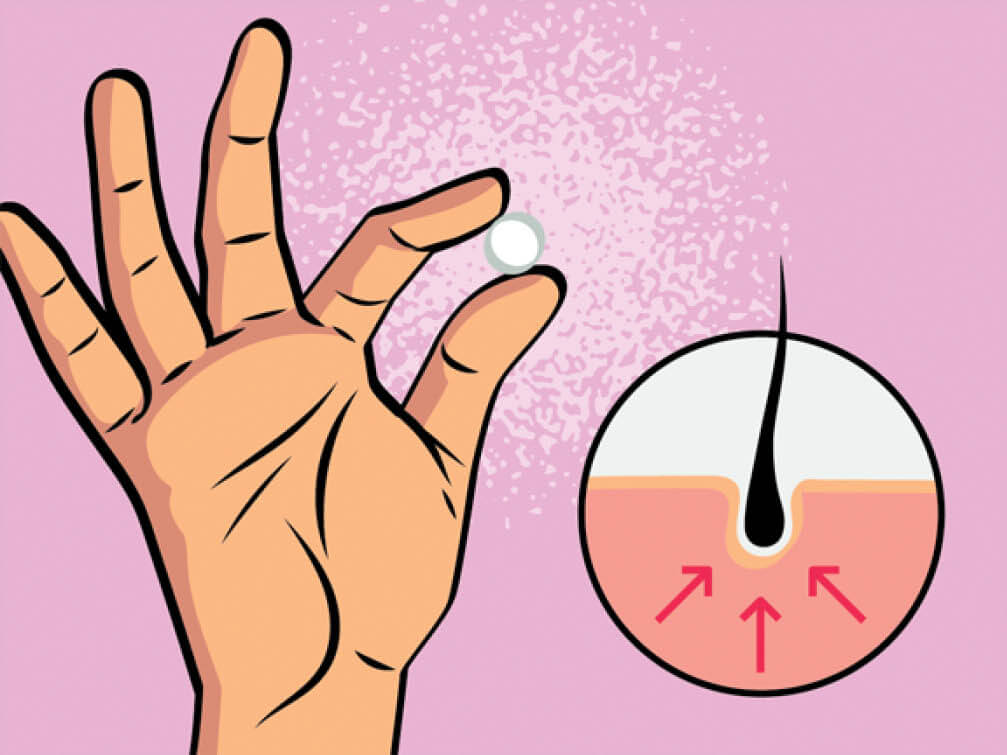
WHAT IT IS: A prescription pill that can increase blood flow to your hair follicles.
PROS: Relatively safe at low doses. Good evidence that it can help reverse hair loss in both men and women. Easier to add to your routine than a topical solution.
CONS: Temporary hair shedding. Can boost hair growth on other parts of the body. Can lower blood pressure and cause lightheadedness, fluid retention and increased heart rate.
COST: $10 to $30 per month.
PLATELET-RICH PLASMA
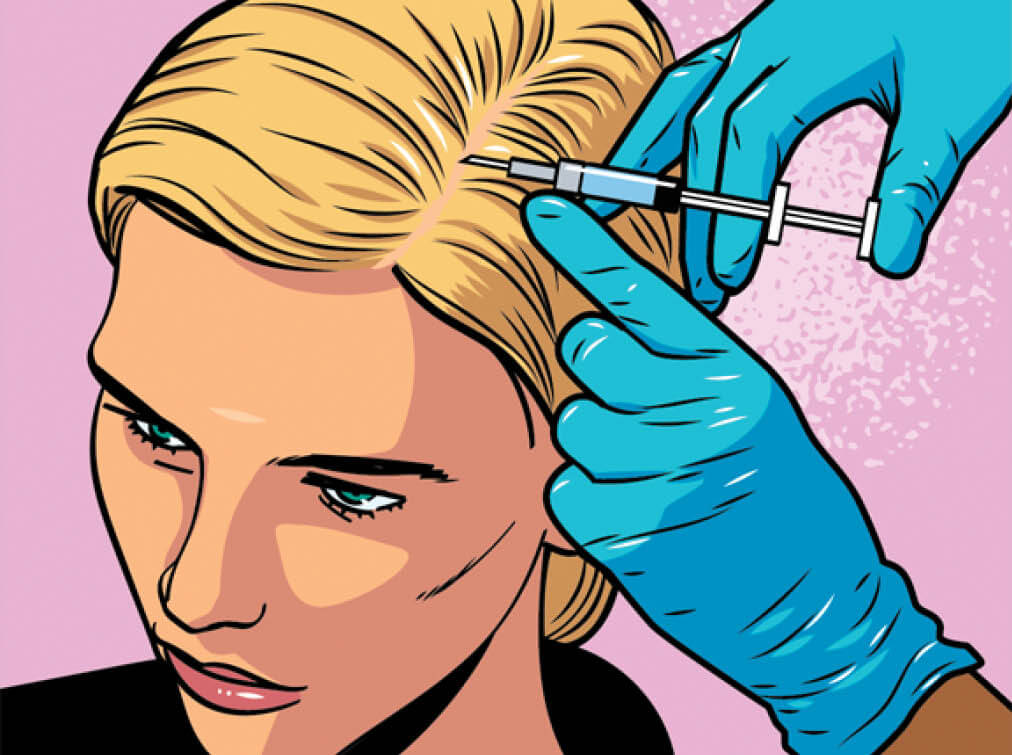
WHAT IT IS: Blood plasma mixed with a high concentration of platelets, injected into the scalp.
PROS: Uses the patient’s natural tissue rather than drugs. Can be effective at regrowing hair in men and women.
CONS: Costly. Treatment can be painful. Not guaranteed to work.
COST: $500 to $800 per treatment, with typically three to four initial treatments and maintenance every three to six months.
HAIR TRANSPLANTATION
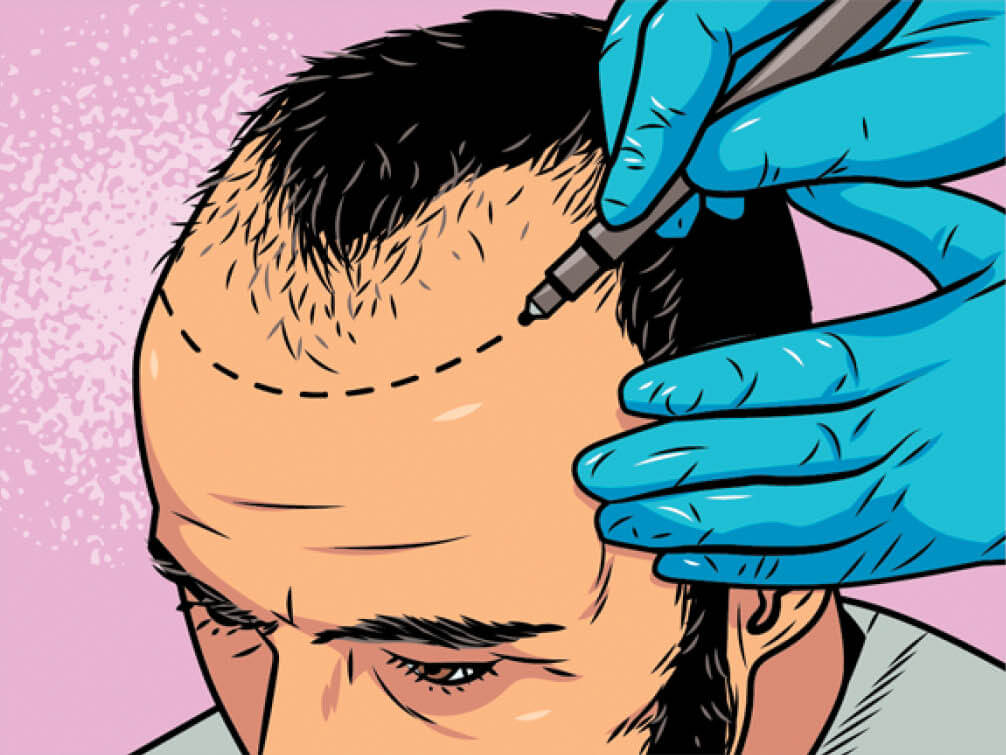
WHAT IT IS: Surgery to transfer existing hair—usually from other areas of the head—to balding or thinning areas.
PROS: One-time treatment with permanent gains
CONS: Costly. Surgical risks and a few days of downtime for recovery. Can still lose nontransplanted hairs. Results may not approximate natural hairline.
COST: $4,000 to $15,000, depending on the type of procedure and how much hair is transplanted.
Is There a Female Viagra?
Women (and men) in their 50s want to know
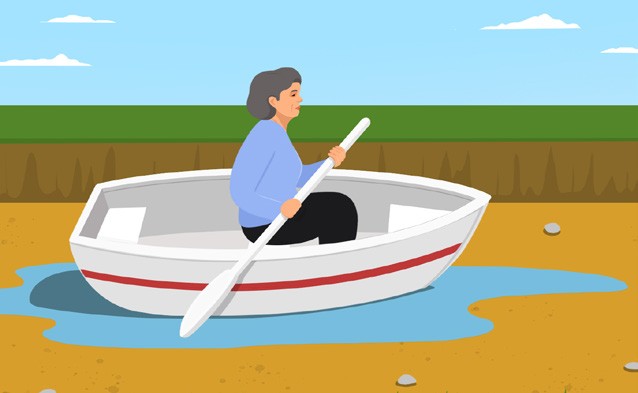
IN MENOPAUSE, some women have trouble with arousal. Can drugs help? Maybe. But before you seek a pharma fix, doctors suggest you get a physical to make sure your symptoms are not due to your meds or a medical condition. You may also want to get checked for female sexual interest/arousal disorder, or FSIAD. Treatment options include counseling and physical therapy.
If, after eliminating any other health issues, you want to try a treatment to boost your arousal, there are a few on the market.
Viagra pills. While it’s not FDA-approved for use by women, some providers do prescribe the drug to female patients. (Don’t just take your husband’s.)
Viagra cream. Called topical sildenafil, the cream shows promise for women. You apply it 30 to 45 minutes before sex.
Eros. This vacuum pump is meant to improve clitoral blood flow. It doesn’t require a prescription.
Addyi and Vyleesi. These two drugs are targeted at premenopausal women, but some physicians do prescribe them for those in menopause. —Ellen Uzelac
This story is adapted from the “In the Mood” sex column on AARP Members Edition. To read more questions, or to submit your own, visit aarp.org/inthemood.
Illustrations by Remie Geoffroi; Illustration by Kiersten Essenpreis